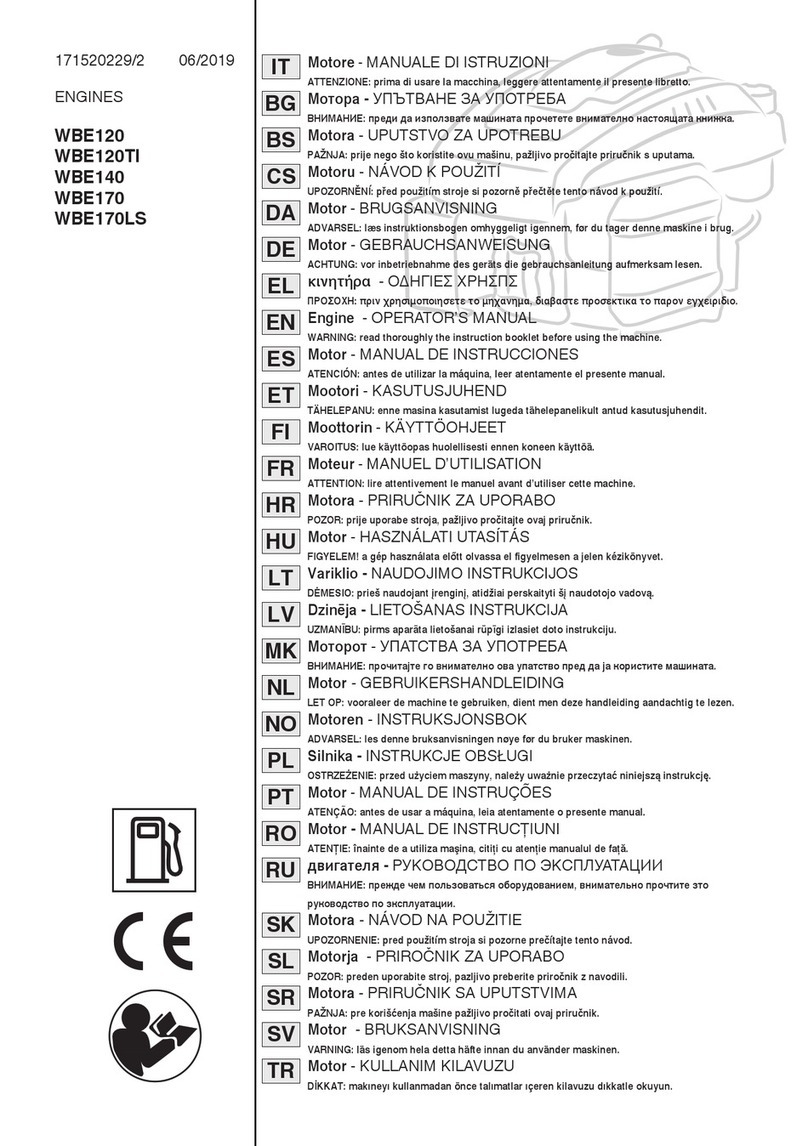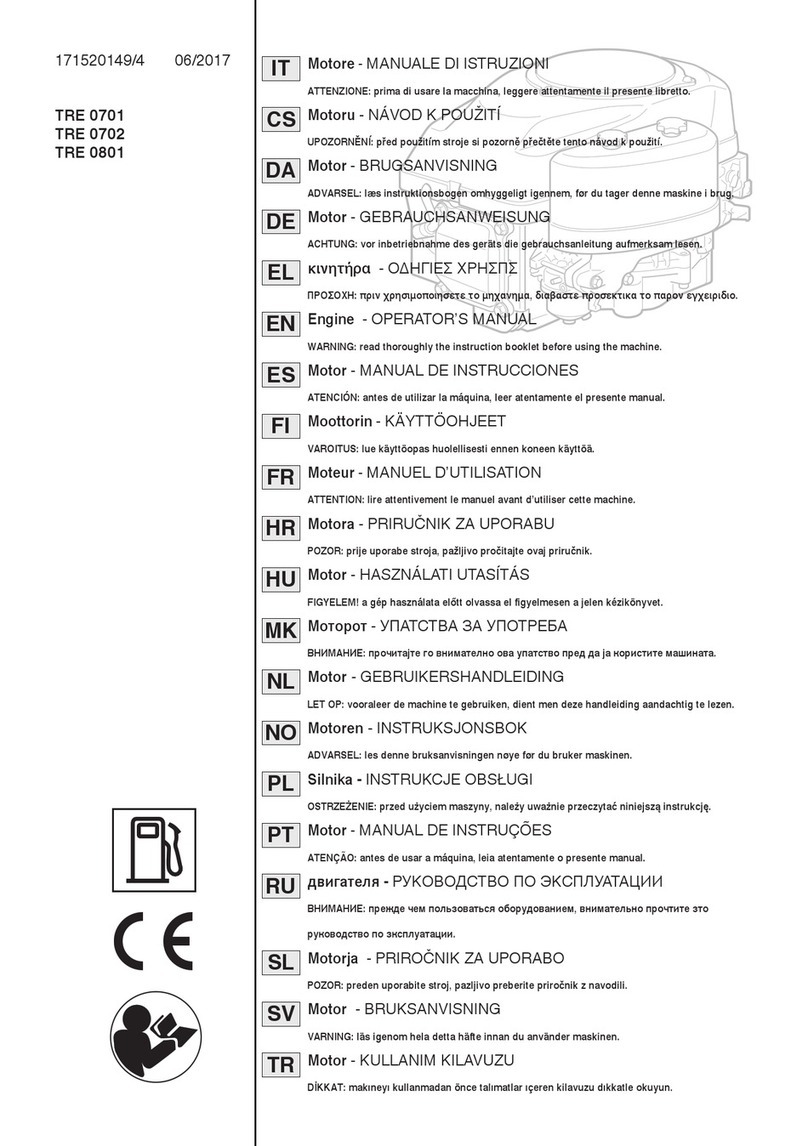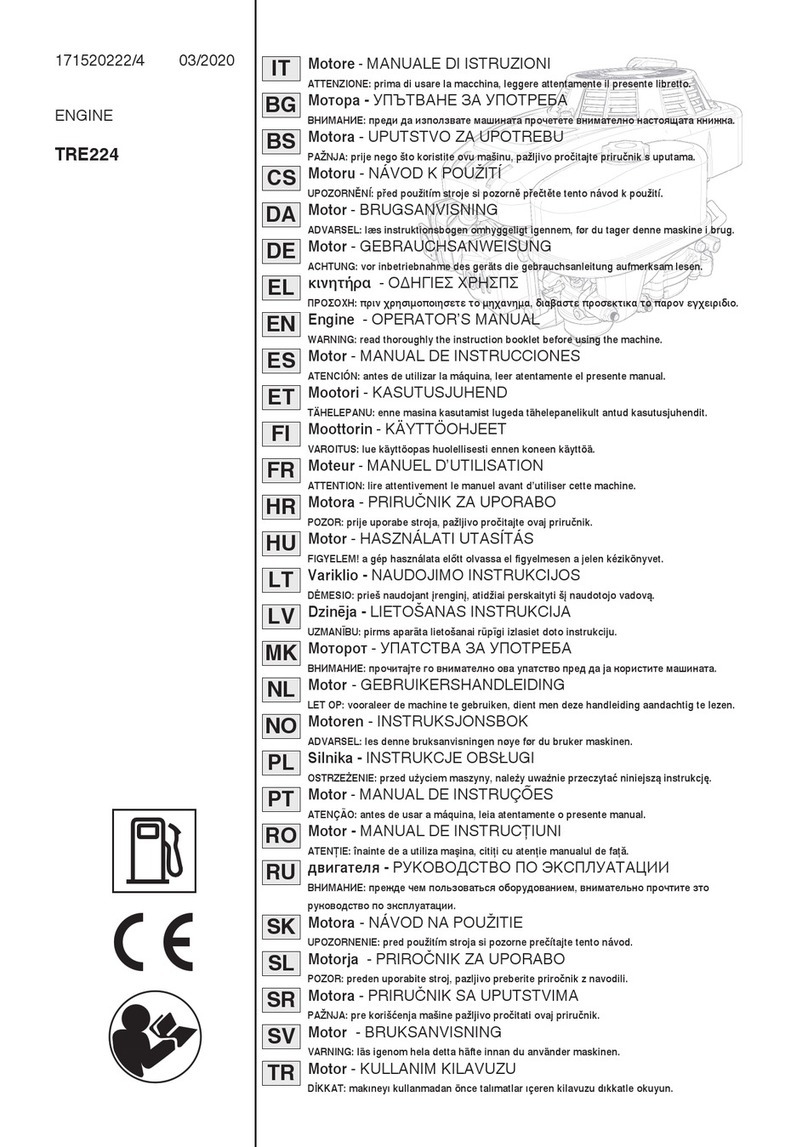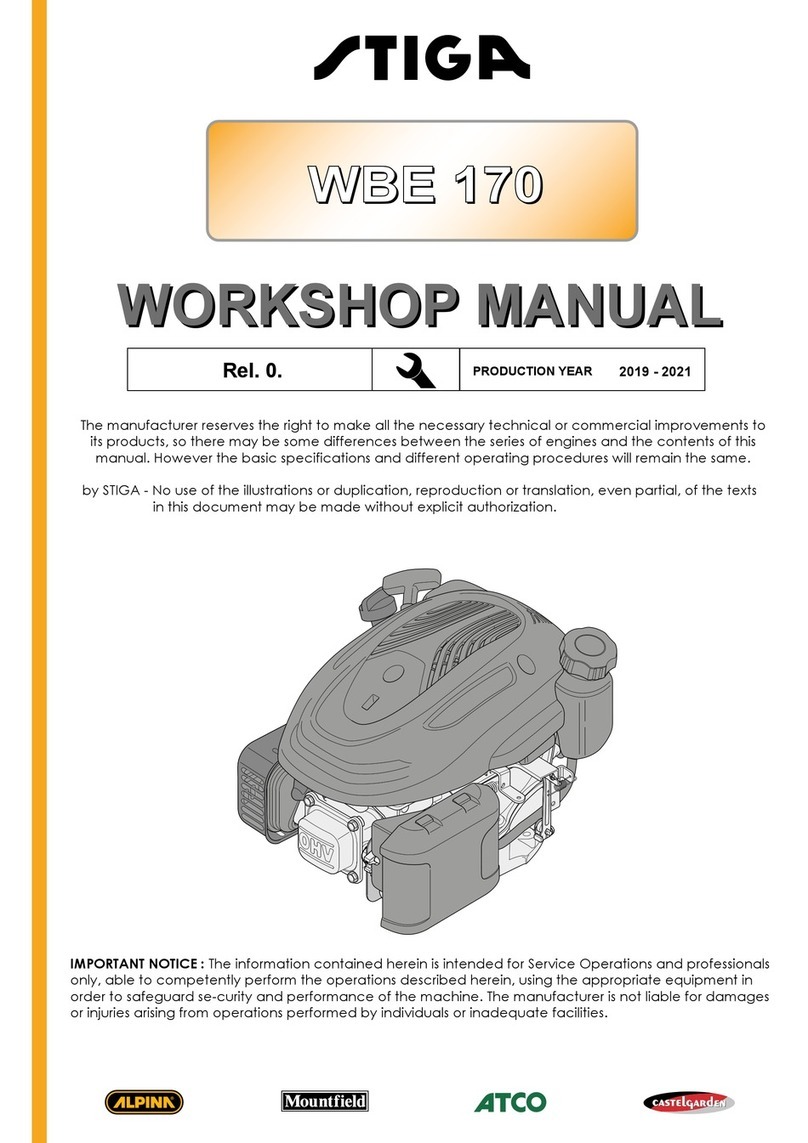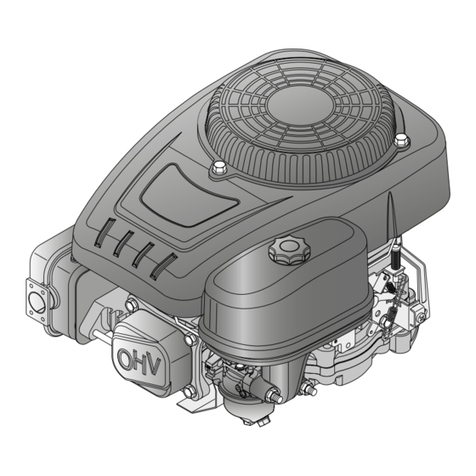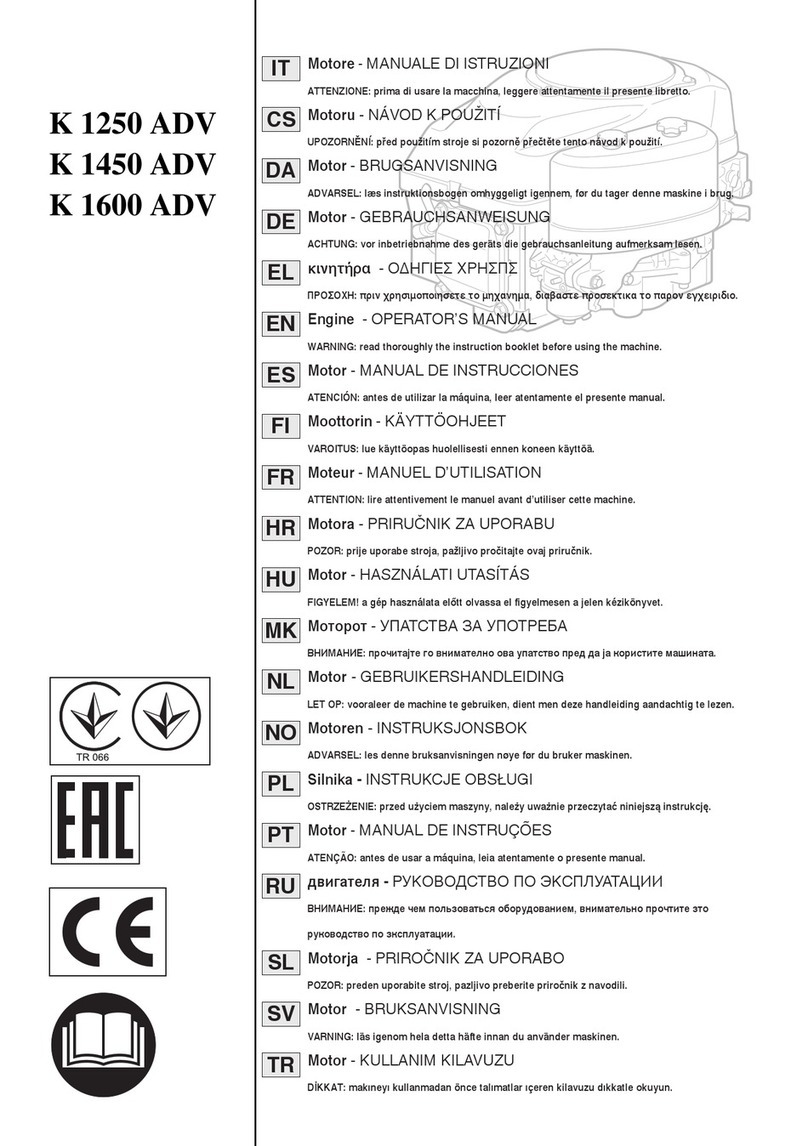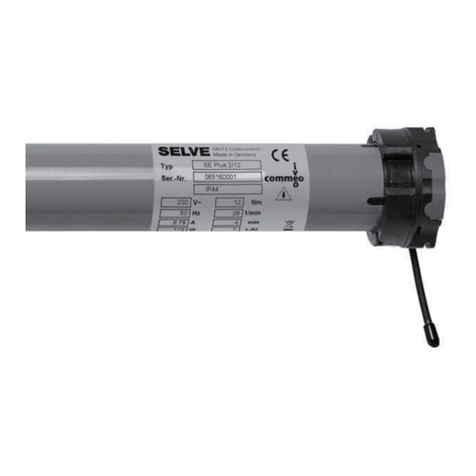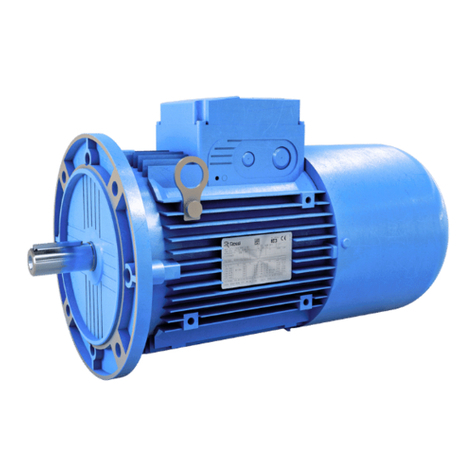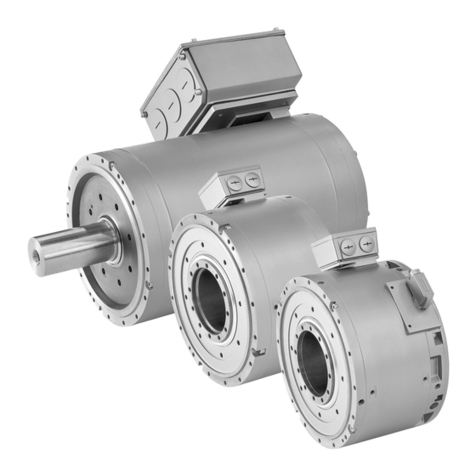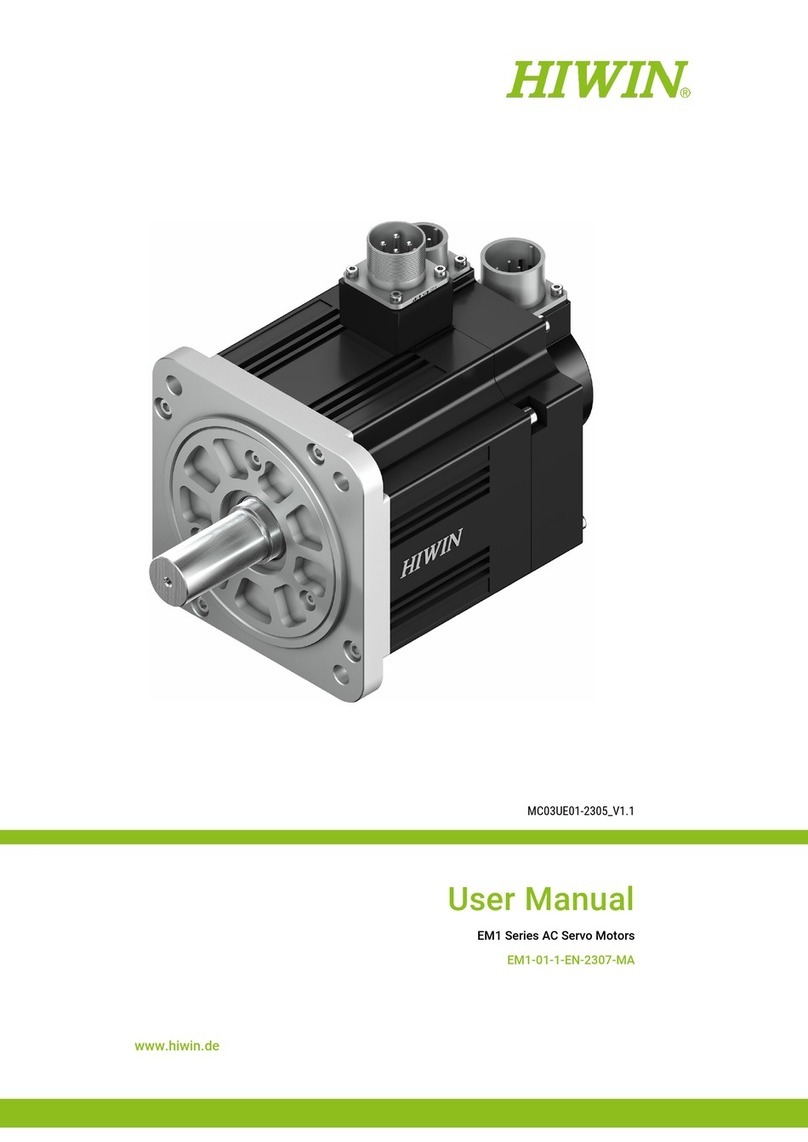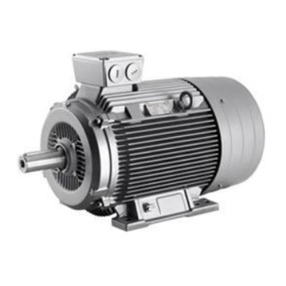
Release 00 - 03/2018
Engine RS100 - RSC100
page 5Service manual
The purpose of this manual is to provide to Service
Centres the information necessary for a correct
maintenance, dismantling and repair procedure
for engines RS100 and RSC100.
Interventions on the engine must be performed in
accordance with instructions in the following pages
and with safety regulations in force in the country in
which the engine is operated, and only by authori-
sed and appropriately trained personnel.
In every manual page the following informations
are described:
page 16 Release 00 - 03/2018
Engine RS100 - RSC100
Service manual
5.1. Emptying and removing the tank
1 - Remove the ring (1) of the petrol pipe (2) from
the tank side and drain all the fuel from the tank
and the pipe into a suitable container.
2 - Remove the starter assembly (3) by loosening
the three nuts (4).
3 - Loosen the rear screw (5) and remove the tank
(6).
ove operations in
reverse.
WARNING: Before the tank with new
fuel, check that the petrol pipe is intact.
5.2. Cleaning the tank
1 - Remove the tank [ 5.1].
2 - Remove the clamp (1) from the side of the tank
and disconnect the petrol pipe (2).
7) and blow compressed
air through it so as to remove any deposits inside.
4 - Keeping the hole (8) in the spigot closed, pour
about 100 cc of clean petrol into the tank and
shake it vigorously to clean the inside.
5. TANK AND SUPPLY
6
5
7
8
1
2
3
4
4
A: Motor typ for which the page is valid.
B: Reference to the chapter and the argument
with the relative numbering.
C: Presence of previous or following chapters from
the present chapter.
D: Issue date or possible audit.
E: Audit number.
F: Page progressive numbering.
Certain symbols are used in the manual, highlighting
particularly important information, risks, warnings
and prescriptions:
Warns of operations that should be carried
out with utmost care to avoid impairing the
functionality and safety of the lawnmower.
Warns of operations that should be carried
out with utmost care to avoid injury to the
operator.
NOTE:Referstospecicadvicebythema-
nufacturer.
Reference to another procedure or part of
the manual.
Recommends that washers and O-rings are
checked and replaced if necessary.
Refers to use of special tools.
Shows all the operations requiring different
intervention methods depending on the en-
gine version.
NOTE: During the description of procedures,
the indications “right”, “left”, “front”, “rear”,
“upper” and “lower” refer to the engine
mounted on the lawn tractor seen from the
user’s perspective.
Please read all the contents of this manual to be-
come familiar with the basics of the engine, which
is fundamental for operating in a logical manner
without making errors or wasting time.
INTRODUCTION
A
B
C C
EF D

